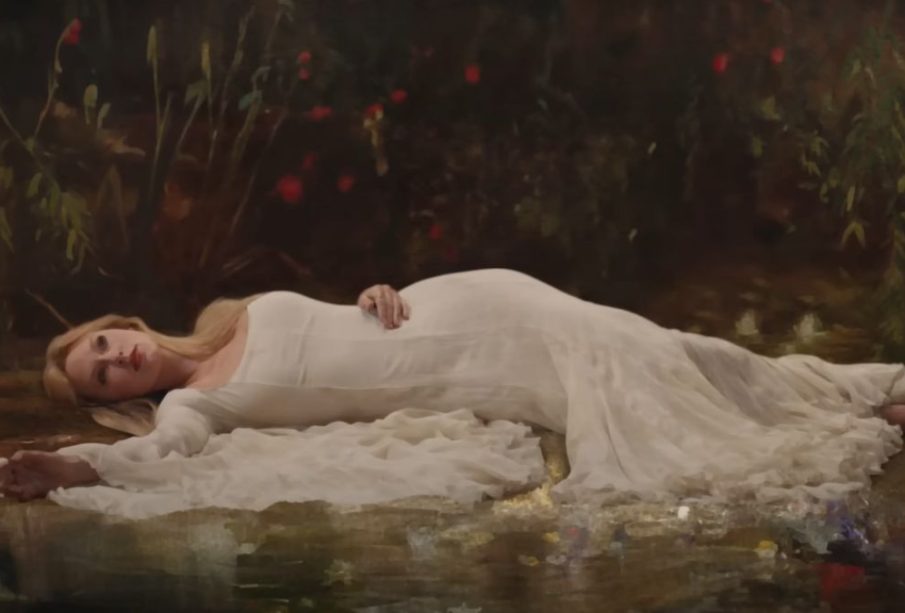The Fate of Ophelia: Tragedy in Literature and Art

Introduction
The fate of Ophelia, a character from William Shakespeare’s tragedy “Hamlet,” has captivated audiences and inspired countless interpretations since its debut in the early 17th century. Ophelia’s tragic demise, influenced by the dark themes of madness, betrayal, and loss, reflects not only her personal struggles but also broader societal issues of women’s roles and mental health. Understanding her fate is crucial, as it continues to resonate in contemporary discussions about gender and mental health, highlighting the relevance of classic literature in today’s society.
The Character of Ophelia
Ophelia is the daughter of Polonius and sister to Laertes, caught in the chaotic political and emotional turmoil of Elsinore. Initially portrayed as obedient and loving, her relationship with Hamlet evolves dramatically, shifting from romantic love to profound tragedy. As Hamlet’s feigned madness intensifies, Ophelia grapples with the loss of her father, Polonius, who is accidentally killed by Hamlet. Her descent into madness and subsequent death have sparked debates regarding the depiction of women in literature and the stigma surrounding mental illness.
Ophelia’s Fate in Hamlet
Ophelia’s fate culminates in her tragic drowning, which some interpretations suggest is a suicide, while others argue it is an accidental death. The ambiguity surrounding her death plays a significant role in shaping the narrative of “Hamlet,” as it intensifies the themes of grief and madness. The iconic lines from Queen Gertrude, describing Ophelia’s death, evoke a haunting image that continues to resonate: “She fell in the brook, Her clothes spread wide; And, mermaid-like, awhile they bore her up. But long it could not be…” This portrayal illuminates the tragic beauty that has inspired various artistic renditions across centuries.
Impact on Culture and Art
Ophelia’s fate has inspired a wealth of artistic interpretations, from John Everett Millais’ famous pre-Raphaelite painting depicting her floating in a sea of flowers to modern adaptations in film and theatre. The image of Ophelia has become symbolic, representing the vulnerability and tragic fate of women in literature. This pervasive cultural icon reflects ongoing dialogues about mental health, agency, and the consequences of societal expectations.
Conclusion
In conclusion, the fate of Ophelia continues to illuminate critical themes within literature while fostering dialogue on women’s issues and mental health in contemporary society. Her tragic story serves as a mirror to the struggles faced by individuals, making Ophelia not just a character in a play, but a symbol of resilience and the complexities of the human experience. As we explore her fate, we gain insight not only into Shakespeare’s timeless work but also into the modern implications of her story that echo through literature and art today.








